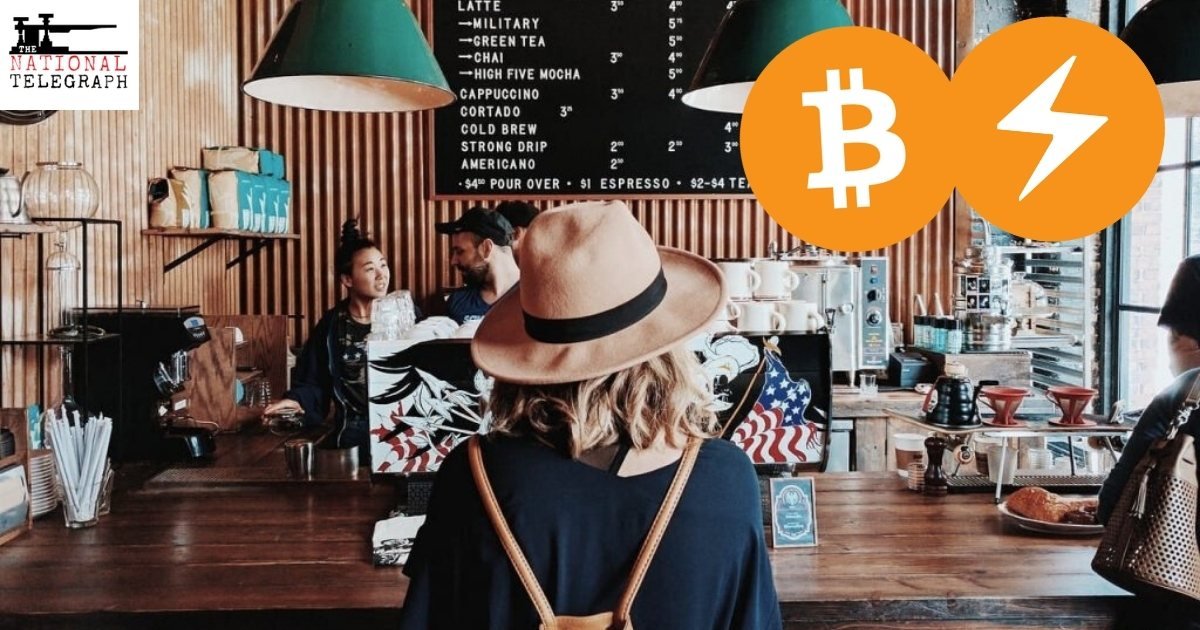Written By B.J. Dichter, Posted on May 17, 2022

While Bitcoin is arguably the best money mankind has ever had access to, it’s also important, to be honest: nothing is perfect, and until recent innovation, Bitcoin was, unfortunately, no exception.
If you’ve ever attempted making a purchase directly on the Bitcoin network, you know I’m referring to the horrifically slow speeds of the network. In case you weren’t aware, transaction resolution directly on the Bitcoin network is estimated at minimum to take 10 minutes, but frequently can take up to 30 minutes or longer.
Consumers nowadays are used to near-instantaneous payment resolution using their credit cards, Paypal, or other payment apps such as Apple Pay, etc, and so Bitcoin’s slow speeds were an obvious stumbling block for Bitcoin’s adoption as a currency for day-to-day payments.
Despite Bitcoin’s awesome security and decentralization, if it couldn’t fix the speed issue Bitcoin would’ve largely remained a savings tool as it is used now, with most customers using quick & dirty fiat dollars for normal, day-to-day transactions.
Can anyone really afford to wait 10 minutes, minimum, when buying coffee at Tim Hortin’s? The idea is ridiculous and although Bitcoin was built with the aim of replacing the fiat system until recently it was incapable of filling all the roles the fiat dollar system filled in society. That is, until the advent of the Lightning Network.
‘Lightning’ has actually been around since 2017-18 but gained a ton of interest and adoption since 2020 and provides a realistic solution to the issue of speed resolving Bitcoin transactions.
This video contains a ton of great info on Lightning’but put simply, the way the ‘Lightning’ achieves these incredible speeds is that it’s a Layer 2 (or L2) payment network that exists on the Bitcoin network, allowing transactions using the Bitcoin token to be resolved ‘off-chain,’ or separately from the incredibly slow Bitcoin network.
If the concept of an ‘L2’ needs expansion, think of how hard the early Internet was to use for ‘normies’ in the late 1980s – early 1990s. Only really the technically skilled were able to make use of the Internet during this time period, but with the advent of Email service providers in the middle 90s, many more ‘normies’ were able to make use of this basic functionality of the Internet.
Email is a good example of an ‘L2’ application that exists on the basic, and difficult to understand/use the Internet itself, and runs as a good parallel example for how many commentators expect Lightning to greatly expect ‘normies’ to be able to take advantage of the somewhat hard to use/difficult to understand Bitcoin technology. With Lightning, your average user doesn’t need to understand much about Bitcoin except that it can be used as currency.
Another added benefit to Lightning is that it also operates similarly to credit card companies in how they absorb a certain amount of risk in facilitating failed or fraudulent transactions.
Although handing over the responsibility of conducting arguably sacrifices some of the original decentralization and potentially some of the security benefits of carrying out transactions on the original Bitcoin network, Lightning has met the approval of the Bitcoiner community.
The reason for this approval by the community is that Lightning ultimately makes no modification to the original Bitcoin code because it is an L2, making no alteration to the original Bitcoin code, and maintenance of as much of the original code as possible is seen as a core ethos of the Bitcoin community.
In this respect, Lightning is really an excellent solution to the speed issue from the Bitcoiner perspective, as this issue of speed was one the community was aware needed to be solved, and, again, the transaction speed Lightning allows for is impressive. During our recent trip to Miami for BTC 2022, TNT was able to conduct several purchases on Lightning and it absolutely does allow for credit card speed of transaction resolution.
Hey there You have done a fantastic job I will certainly digg it and personally recommend to my friends Im…